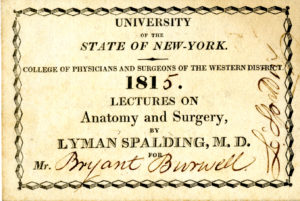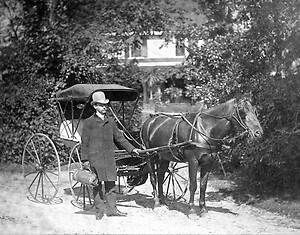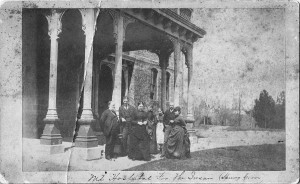In the early 1800s, physicians were not particularly respected by the public. The educational requirements to become a doctor were minimal and no licensing was required; any ambitious young man could apprentice under a doctor for a couple of years or attend three or four semesters of lectures and then launch into his own practice. Few cures for disease existed, and many doctors knew no more about illness, its prevention, or its cure than an observant mother or wise and experienced grandmother. Medicines were another matter–many families relied on herbal and other natural preparations to ease symptoms of illness, but doctors could concoct and dispense stronger remedies full of alcohol or narcotics. Even with this patient incentive to visit a physician (or to request a house call), few doctors made a good living. Competition was fierce because of the lax requirements to enter the field, and many doctors found themselves sharing too few patients with far too many physicians.
When insane asylums were built, however, a few lucky physicians found a wonderful niche for their specialized medical interest. For alienists (doctors who made a special study of mental illness), managing an asylum was a secure, well-paying position with plenty of prestige and power. Rather than competing with any number of other physicians in a family practice, alienists were regarded everywhere as experts in their field and relied upon as such. Asylum superintendents enjoyed their authority and guarded it well. Besides protecting their own turf, they were united in opposing interference in their business from non-medical officials.
______________________________________________________________________________________








